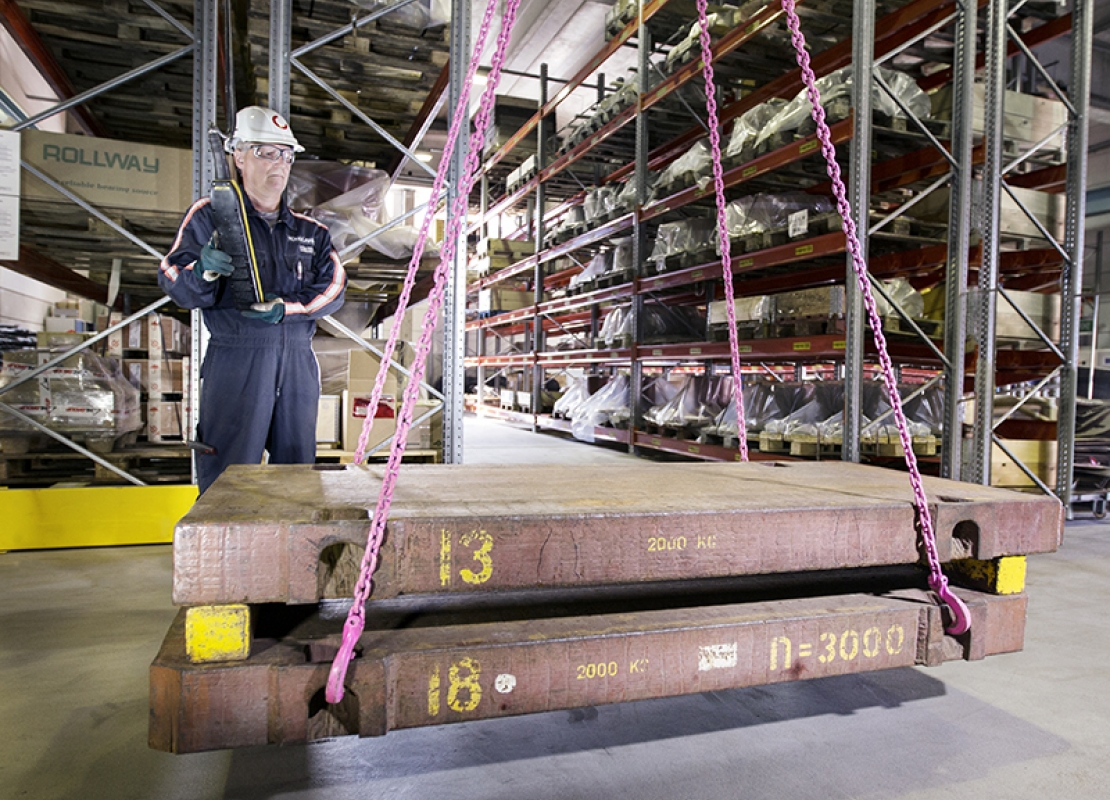Crane load testing is a crucial process in ensuring the performance and safety of cranes. This article will explore the importance of load testing, the different methods used, and the regulations and standards that govern this practice. By understanding the significance of crane load testing, businesses can ensure the reliability and safety of their crane operations.
The Importance of Crane Load Testing in Ensuring Performance and Safety
Crane load testing is a crucial aspect of ensuring the performance and safety of cranes. This process involves subjecting the crane to various load conditions to evaluate its capacity and stability. By conducting load tests, potential issues such as structural weaknesses or mechanical failures can be identified and addressed before they lead to accidents or equipment damage. Load testing also helps determine the crane’s maximum lifting capacity, ensuring that it is not overloaded during operations. Additionally, load testing is essential for compliance with industry regulations and standards, as it provides documented evidence of the crane’s performance and safety. Overall, crane load testing plays a vital role in maintaining the efficiency and reliability of cranes, promoting a safe working environment.
Understanding the Purpose and Process of Crane Load Testing

Crane load testing is a crucial process that ensures the safety and reliability of cranes. The purpose of this testing is to determine the maximum load capacity of a crane and to identify any potential issues or weaknesses in its structure or components. This is done by subjecting the crane to various load conditions and measuring its performance and stability. The process involves carefully selecting the test load, attaching it to the crane, and gradually increasing the load until the maximum capacity is reached. This testing is essential to prevent accidents and ensure that cranes can safely handle the loads they are designed for.
Key Factors to Consider in Crane Load Testing for Optimal Performance
When it comes to crane load testing, there are several key factors that need to be considered in order to ensure optimal performance. One of the most important factors is the weight of the load being lifted. It is crucial to accurately determine the weight of the load in order to prevent overloading the crane and potentially causing damage or accidents. Another factor to consider is the stability of the crane itself. Ensuring that the crane is properly balanced and stable before conducting load testing is essential for safe and efficient operation. Additionally, the condition of the crane’s components, such as the cables and hooks, should be thoroughly inspected to ensure they are in good working order. Regular maintenance and inspections are necessary to identify any potential issues and address them before they become a safety hazard. Overall, careful consideration of these key factors is essential for optimal crane performance during load testing.
Common Challenges and Solutions in Crane Load Testing
Crane load testing is a crucial process that ensures the safety and reliability of cranes. However, it comes with its fair share of challenges. One common challenge is the availability of suitable test weights. Finding the right weights that accurately represent the load capacity of the crane can be difficult. Another challenge is the logistics of conducting the test. Coordinating the testing process, including scheduling and ensuring the availability of personnel and equipment, can be a complex task. Additionally, interpreting the test results can be challenging, as it requires a thorough understanding of the crane’s specifications and performance standards. To overcome these challenges, it is important to work with experienced professionals who have the expertise and resources to address these issues effectively.
The Role of Technology in Enhancing Crane Load Testing Efficiency and Accuracy
Technology plays a crucial role in enhancing the efficiency and accuracy of crane load testing. With the advancements in technology, various tools and equipment have been developed to streamline the load testing process. One such tool is the load cell, which accurately measures the weight being lifted by the crane. Load cells are equipped with sensors that provide real-time data, allowing operators to monitor the load and make adjustments if necessary. Additionally, computer software and data analysis tools can be used to analyze the load data and identify any potential issues or anomalies. This not only improves the accuracy of load testing but also saves time and resources by eliminating the need for manual calculations and inspections. Overall, technology has revolutionized crane load testing, making it more efficient and accurate than ever before.
Best Practices for Conducting Crane Load Testing to Ensure Safety and Compliance
Crane load testing is a crucial process to ensure the safety and compliance of cranes in various industries. To conduct effective load testing, it is important to follow best practices. Firstly, it is essential to determine the appropriate load weight and configuration for the specific crane being tested. This can be done by referring to the crane’s load chart and consulting with experts. Secondly, the load testing should be conducted in a controlled environment, ensuring that all safety measures are in place. Regular inspections and maintenance of the crane are also necessary to ensure its proper functioning. Lastly, documentation of the load testing process is crucial for compliance purposes and to track any potential issues that may arise. By following these best practices, companies can ensure the safety and compliance of their cranes, minimizing the risk of accidents and injuries.
Conclusion
In conclusion, crane load testing is a crucial process for ensuring the performance and safety of cranes. By subjecting cranes to various load conditions, operators can identify any potential weaknesses or defects that may compromise their functionality. This testing not only helps prevent accidents and injuries but also ensures that cranes can handle the demands of their intended tasks effectively.
What is crane load testing?
Crane load testing is a process used to evaluate the performance and safety of a crane by subjecting it to a predetermined load.
Why is crane load testing important?
Crane load testing is important to ensure that the crane can safely handle the maximum load it is designed for, and to identify any potential issues or weaknesses in the crane’s structure or components.
How is crane load testing conducted?
Crane load testing is typically conducted by gradually increasing the load on the crane until it reaches its maximum capacity. The crane is then held at this load for a specified period of time to ensure its stability and safety.
Who should perform crane load testing?
Crane load testing should be performed by qualified and experienced professionals who are knowledgeable about crane safety standards and regulations.
How often should crane load testing be done?
The frequency of crane load testing depends on various factors, including the type of crane, its usage, and any applicable regulations or industry standards. Generally, it is recommended to conduct load testing at least once a year.
What are the consequences of not performing crane load testing?
Not performing crane load testing can lead to serious safety risks, such as crane collapse or failure, which can result in injuries or fatalities. It can also lead to costly repairs or replacements if issues with the crane are not identified and addressed in a timely manner.

